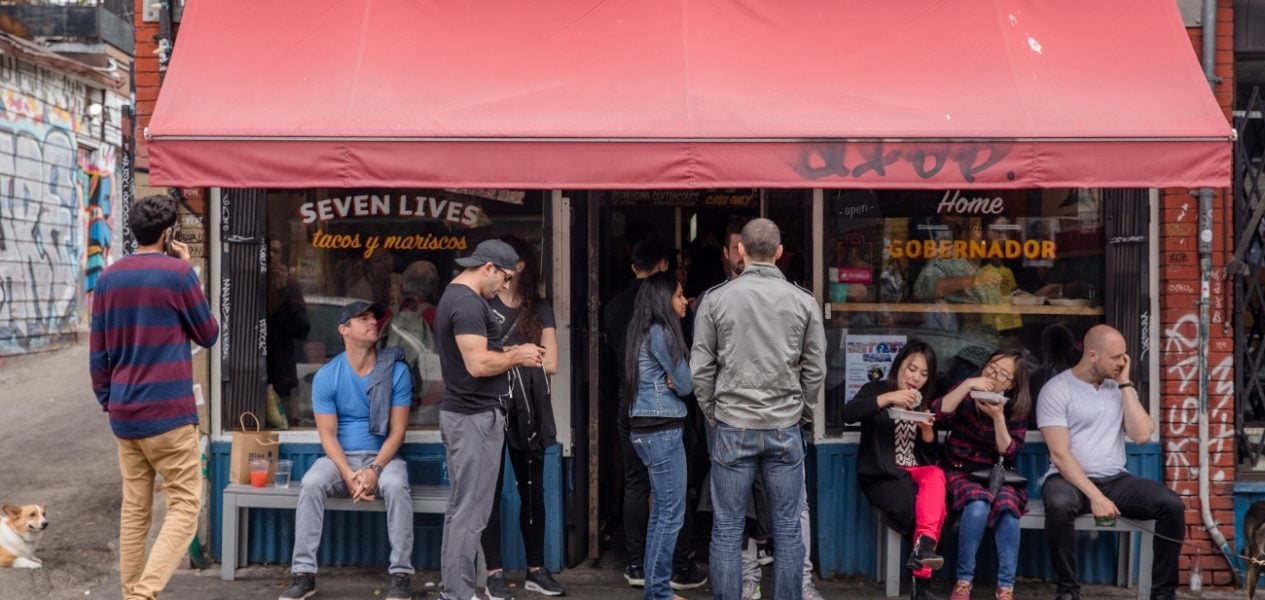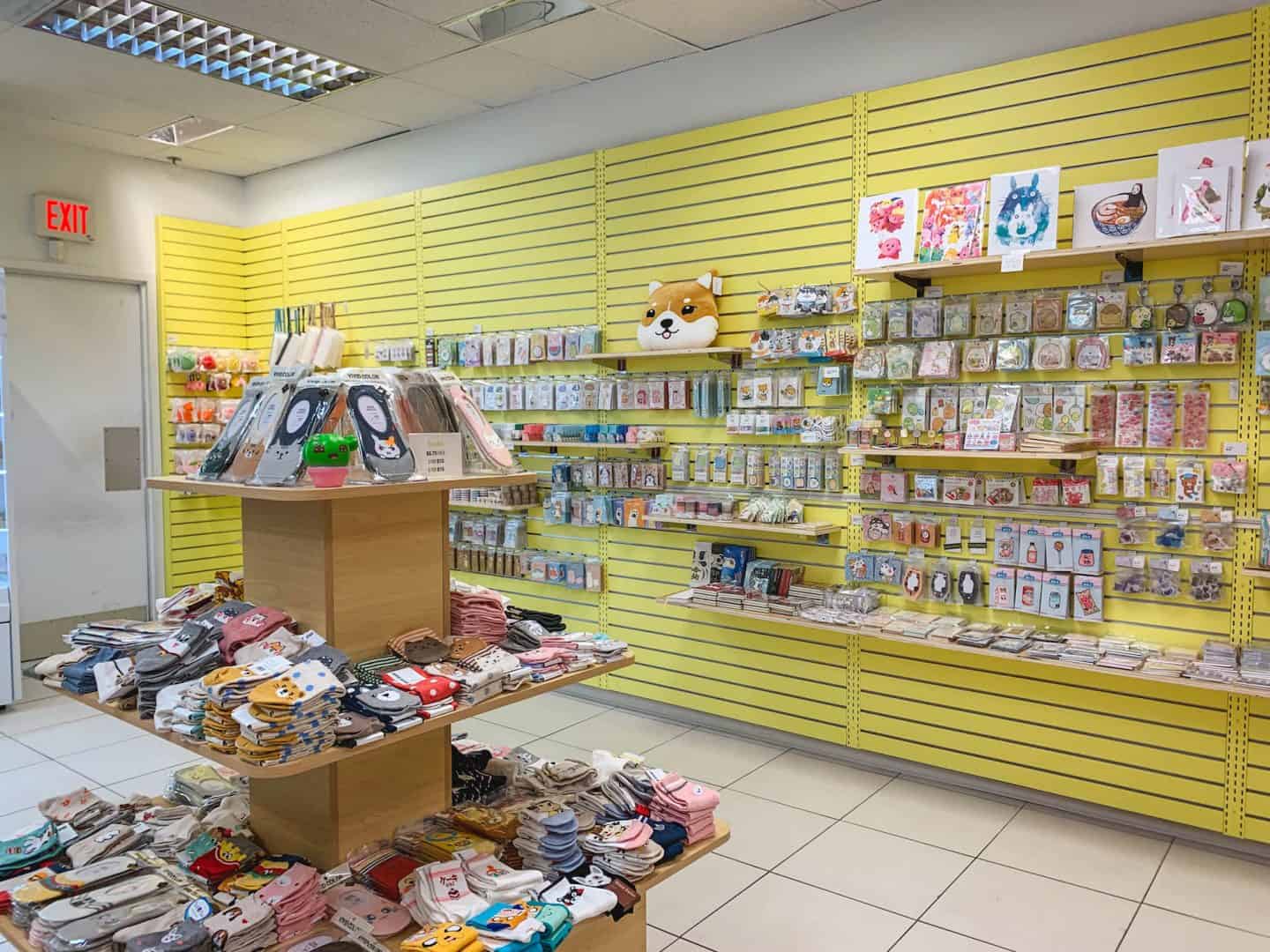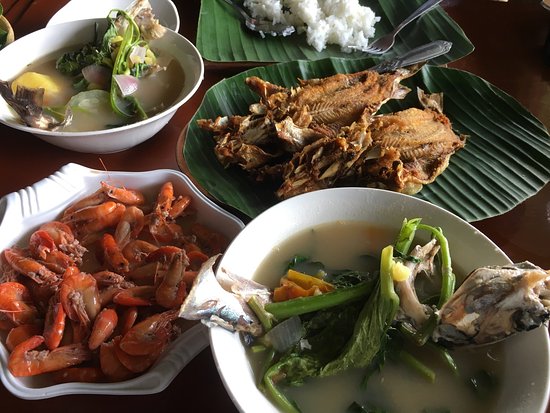

Beyond the Tourist Trail: 5 Unique Toronto Food Experiences
Toronto, a city famed for its multiculturalism, boasts a culinary landscape as diverse and vibrant as its population. While the CN Tower and Distillery District offer classic tourist fare, the truly unforgettable experiences lie beyond the well-trodden paths. This article unveils five unique Toronto food adventures, guaranteed to tantalize your taste buds and leave you with a deeper appreciation for the city’s gastronomic soul.
1. A Culinary Journey Through Kensington Market’s Hidden Gems
Kensington Market, a bohemian enclave pulsating with energy, isn’t just about vintage finds and street art. It’s a culinary labyrinth where hidden gems await the adventurous foodie. Forget the predictable tourist traps; instead, embark on a self-guided culinary exploration. Start with a flavourful bowl of ramen at a tucked-away noodle house, then wander through the labyrinthine streets, sampling jerk chicken from a street vendor, followed by a decadent slice of artisanal cheese from a hidden cheese shop. Finish your journey with a sweet treat – perhaps a creamy gelato or a freshly baked pastry from a local bakery. The beauty of Kensington Market lies in its spontaneity; let your senses guide you to unexpected delights.
Pro Tip: Arrive early on a weekend to truly experience the bustling atmosphere and to beat the crowds.
2. A Taste of the Underground: Toronto’s Secret Supper Clubs
Escape the ordinary and delve into the clandestine world of Toronto’s underground supper clubs. These intimate, often pop-up, dining experiences offer a unique perspective on Toronto’s culinary scene. Hosted in unconventional locations – from private homes to art studios – these events feature innovative menus crafted by passionate chefs, often using locally sourced ingredients. Expect creative tasting menus, intriguing pairings, and a vibrant atmosphere fuelled by communal dining and unexpected encounters. Finding these hidden culinary gems requires a bit of online sleuthing, but the reward is a truly unforgettable dining adventure.
Pro Tip: Book well in advance, as these supper clubs often have limited seating and sell out quickly.
3. Immersing Yourself in the Flavors of St. Lawrence Market
While St. Lawrence Market is a popular tourist destination, its true magic lies in exploring beyond the main thoroughfare. Instead of merely browsing the stalls, engage with the vendors. Ask them about their products, their history, and their passion. Sample artisanal cheeses, freshly baked bread, exotic spices, and locally grown produce. Consider taking a cooking class focusing on a specific regional cuisine found at the Market, transforming your visit from mere observation to active participation. The sensory overload of sights, smells, and tastes makes St. Lawrence Market a truly immersive culinary experience.
Pro Tip: Visit on a Saturday morning for the most vibrant and complete market experience.
4. A Craft Brewery Crawl Through Toronto’s Hip Neighbourhoods
Toronto’s craft beer scene is thriving, and a brewery crawl offers a unique way to explore different neighbourhoods while sampling locally brewed beers. Start in the trendy Distillery District, known for its historic architecture and a burgeoning craft brewery scene. Then, venture further afield, discovering hidden gems in areas like Parkdale, Kensington Market, or the Beaches. Each brewery offers a distinct atmosphere and range of beers, allowing you to sample diverse styles and flavours. This is an experience best shared with friends, fostering conversation and creating lasting memories.
Pro Tip: Plan your route in advance and consider using public transportation or ride-sharing services to safely navigate between breweries.
5. A Global Gastronomic Adventure: Exploring Toronto’s Ethnic Enclaves
Toronto’s true culinary strength lies in its diverse ethnic enclaves, each offering a passport to a different corner of the world. Explore Little Italy for authentic Italian cuisine, then venture into Greektown for a taste of the Mediterranean. Indulge in the spice-filled aromas of Little India, followed by the vibrant flavours of Chinatown. Each neighbourhood offers a distinct culinary identity, allowing you to sample diverse cuisines without ever leaving the city. Engage with the local communities, learn about their culinary traditions, and savour the rich tapestry of flavours that make Toronto’s food scene so exceptional.
Pro Tip: Be adventurous and try something new! Step outside your comfort zone and explore dishes you’ve never encountered before.
| Experience | Location | Highlight |
|---|---|---|
| Kensington Market Crawl | Kensington Market | Spontaneity, hidden gems, diverse foods |
| Secret Supper Club | Various Locations | Intimate, innovative, unconventional |
| St. Lawrence Market | St. Lawrence Market | Immersion, interaction, artisanal goods |
| Brewery Crawl | Various Neighbourhoods | Diverse beers, exploration of locales |
| Ethnic Enclave Tour | Various Neighbourhoods | Global flavours, cultural immersion |
This exploration only scratches the surface of Toronto’s vibrant culinary landscape. So, ditch the typical tourist menus, embrace the unexpected, and embark on a delicious adventure beyond the beaten path. Your taste buds will thank you.

Additional Information
Beyond the Tourist Trail: A Deeper Dive into 5 Unique Toronto Food Experiences
The original article, “Beyond the Tourist Trail: 5 Unique Toronto Food Experiences,” likely highlighted five specific culinary adventures in Toronto that deviate from typical tourist traps. To enhance its value, we need to delve deeper into each experience, analyzing their uniqueness, socio-economic impact, and contribution to Toronto’s diverse food scene. This analysis will consider factors like authenticity, sustainability, community engagement, and economic contribution. Let’s assume the original article featured these five examples (which can be replaced with the actual examples from the original article):
-
A Kensington Market Food Tour Focusing on Immigrant-Owned Businesses: This experience likely showcased the vibrant multiculturalism of Kensington Market.
- Analysis: Kensington Market’s success as a food destination is directly linked to the entrepreneurial spirit of its immigrant community. Analyzing the specific businesses featured reveals the historical evolution of the neighborhood’s culinary landscape. For example, documenting the shift from predominantly Jewish-owned businesses to the current multi-ethnic mix provides insights into immigration patterns and their influence on Toronto’s gastronomy. This could be complemented by statistics on the percentage of immigrant-owned businesses in Kensington Market compared to other Toronto neighborhoods.
- Value-Added Content: Consider including a case study of a successful immigrant-owned business, highlighting their challenges, strategies for adapting to the local market, and contribution to the neighborhood’s economy. Investigating the socio-economic impact of food tourism on these businesses—increased revenue, job creation, preservation of cultural heritage—adds significant value.
-
A Hands-on Pierogi-Making Workshop in a Polish Community Center: This experience likely focused on cultural immersion and participatory learning.
- Analysis: This experience speaks to the power of food as a cultural connector. Examining the role of community centers in preserving and promoting Polish heritage demonstrates the importance of grassroots initiatives in maintaining cultural identity within a diverse city.
- Value-Added Content: Could incorporate an analysis of the broader impact of food-based cultural preservation initiatives on community cohesion and social capital. Consider comparing the effectiveness of this workshop model to other methods of cultural preservation within the Polish community in Toronto. Include statistics on participation rates and qualitative feedback from participants to showcase its impact.
-
A foraging expedition followed by a wild-food cooking class: This highlights sustainable and locally-sourced food.
- Analysis: This experience showcases the growing trend towards sustainable food practices and connects urban dwellers to their environment. It highlights the importance of foraging as a sustainable food source and its potential to reduce food miles and environmental impact.
- Value-Added Content: Include information on the ecological impact of foraging, addressing potential concerns about overharvesting and the need for responsible foraging practices. A comparison with conventional food systems in terms of carbon footprint and environmental sustainability would strengthen the analysis. Statistics on the growing popularity of foraging and wild food cuisine could also be beneficial.
-
A Brewery Tour focusing on craft beers and local ingredients: This experience showcases Toronto’s thriving craft beer scene.
- Analysis: This points to the burgeoning craft beer industry and its contribution to the local economy. Analyzing the business models of local craft breweries, including their sourcing strategies and marketing techniques, provides insights into the success factors within this competitive industry.
- Value-Added Content: Include data on the economic contribution of craft breweries to the Toronto economy – job creation, tax revenue, tourism impact. A comparison of Toronto’s craft beer industry with other major cities in North America could add a comparative perspective.
-
A Food Truck Rally featuring diverse cuisines: This represents the dynamism of Toronto’s street food scene.
- Analysis: Food trucks represent a flexible and accessible approach to food entrepreneurship. Analyzing the diversity of cuisines offered, the regulatory environment for food trucks, and their contribution to Toronto’s culinary landscape provides valuable insights.
- Value-Added Content: Include statistics on the number of food trucks operating in Toronto, the growth rate of the industry, and the diversity of cuisines represented. Discuss the challenges and opportunities faced by food truck operators, such as regulatory hurdles, competition, and seasonal variations in demand.
By expanding on these points, the article becomes a richer resource providing not just a list of unique experiences but also a deeper understanding of Toronto’s dynamic food culture, its socio-economic underpinnings, and its contribution to the city’s identity. The addition of quantitative data and relevant case studies would enhance its analytical strength and academic rigor.




